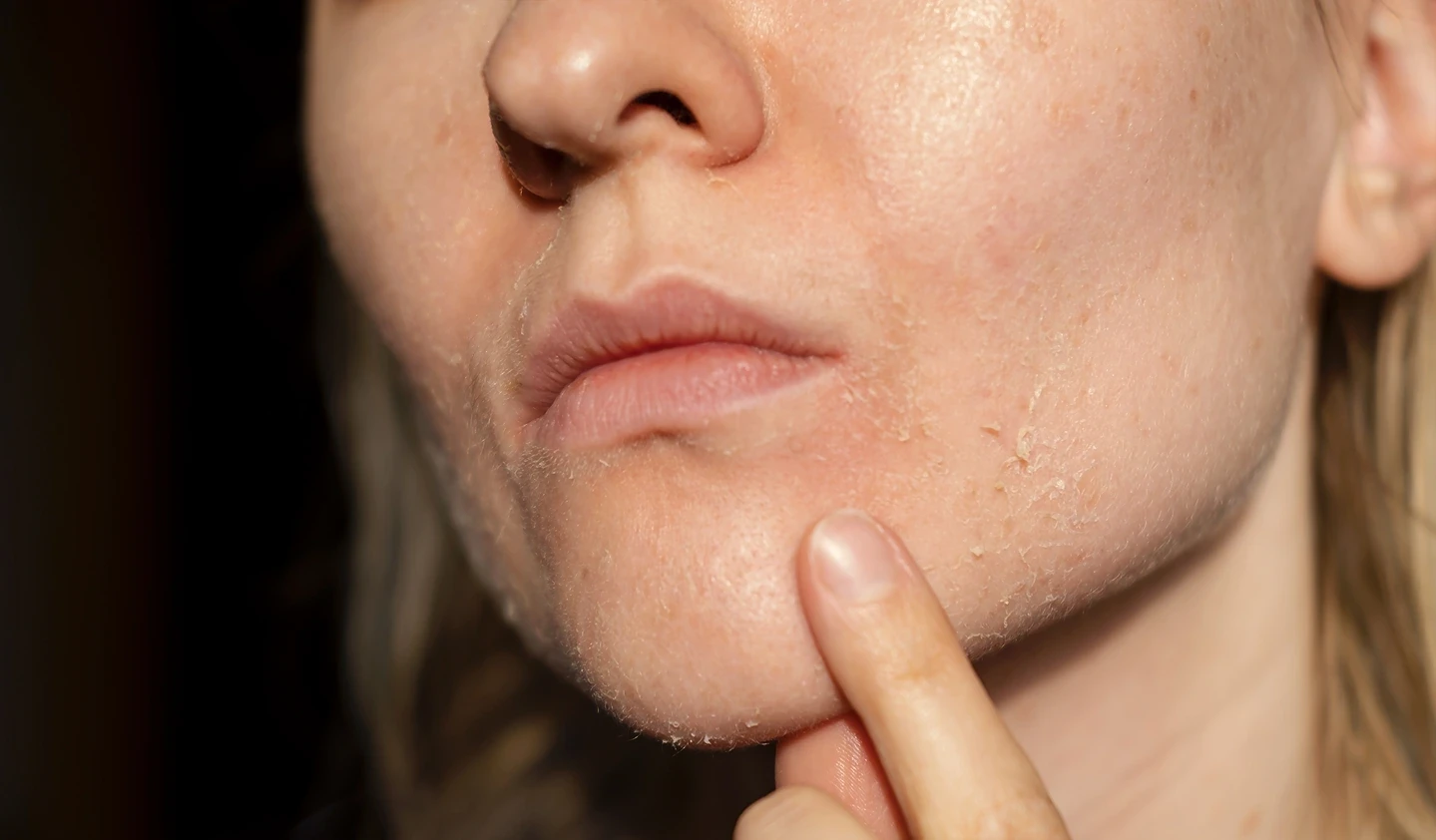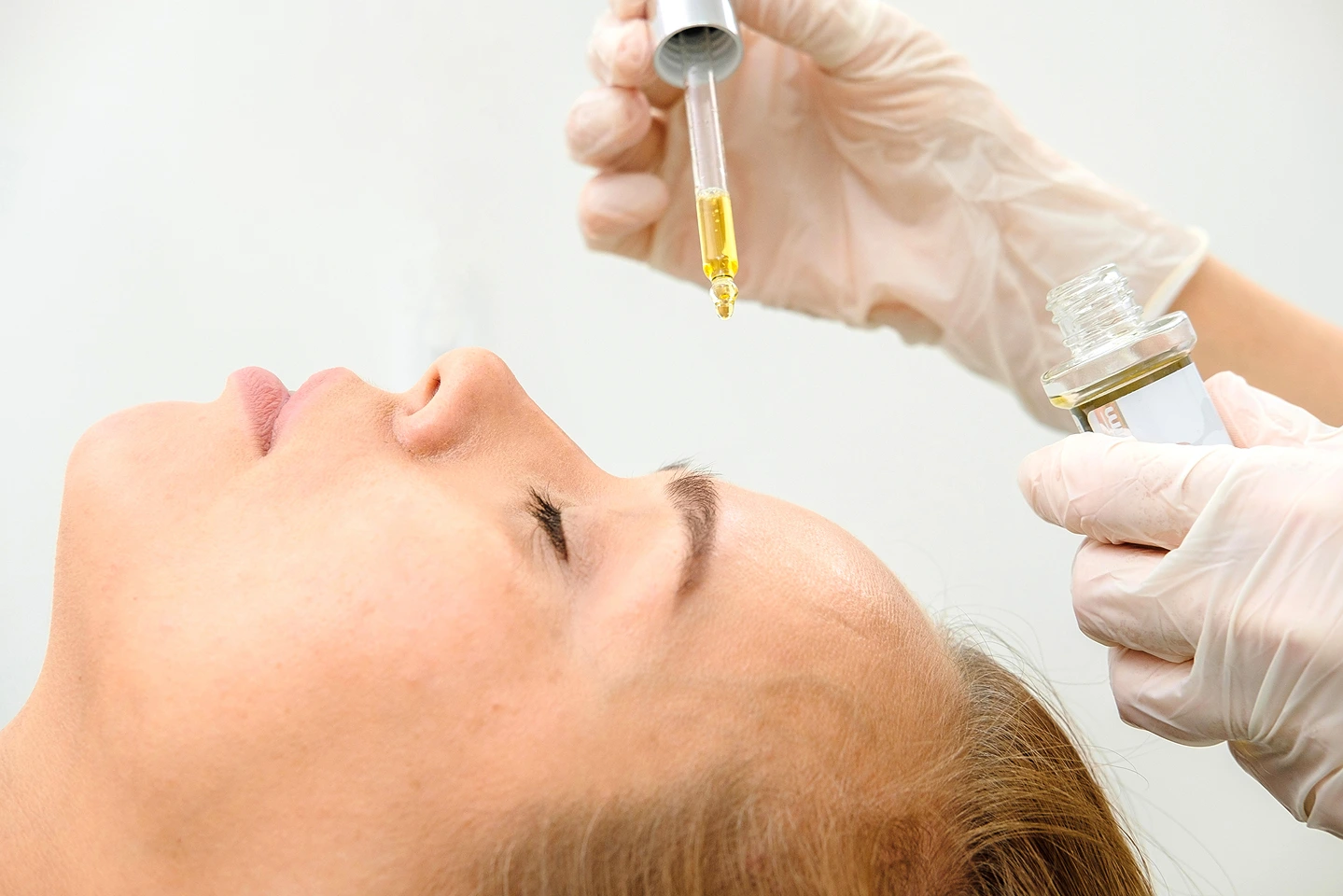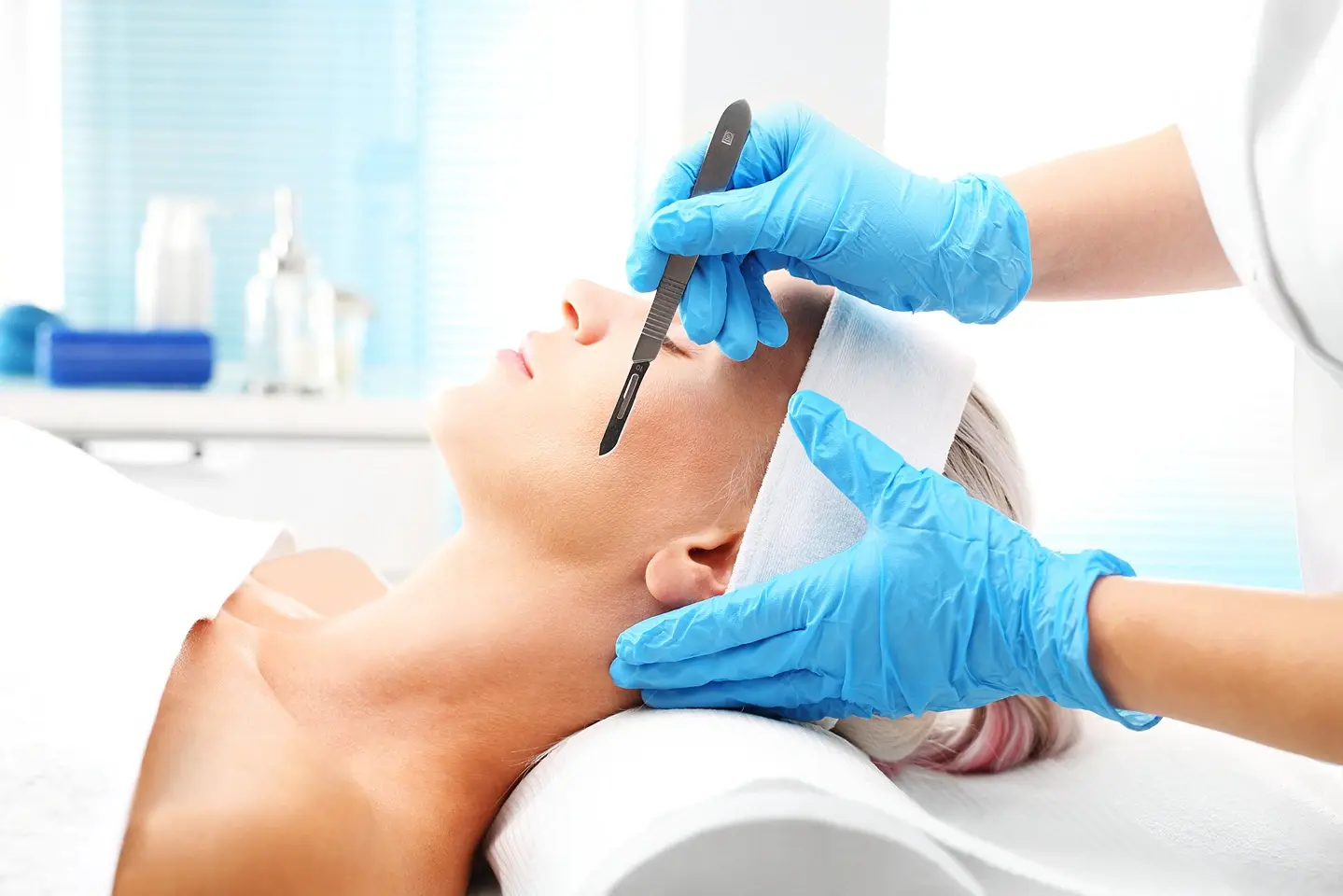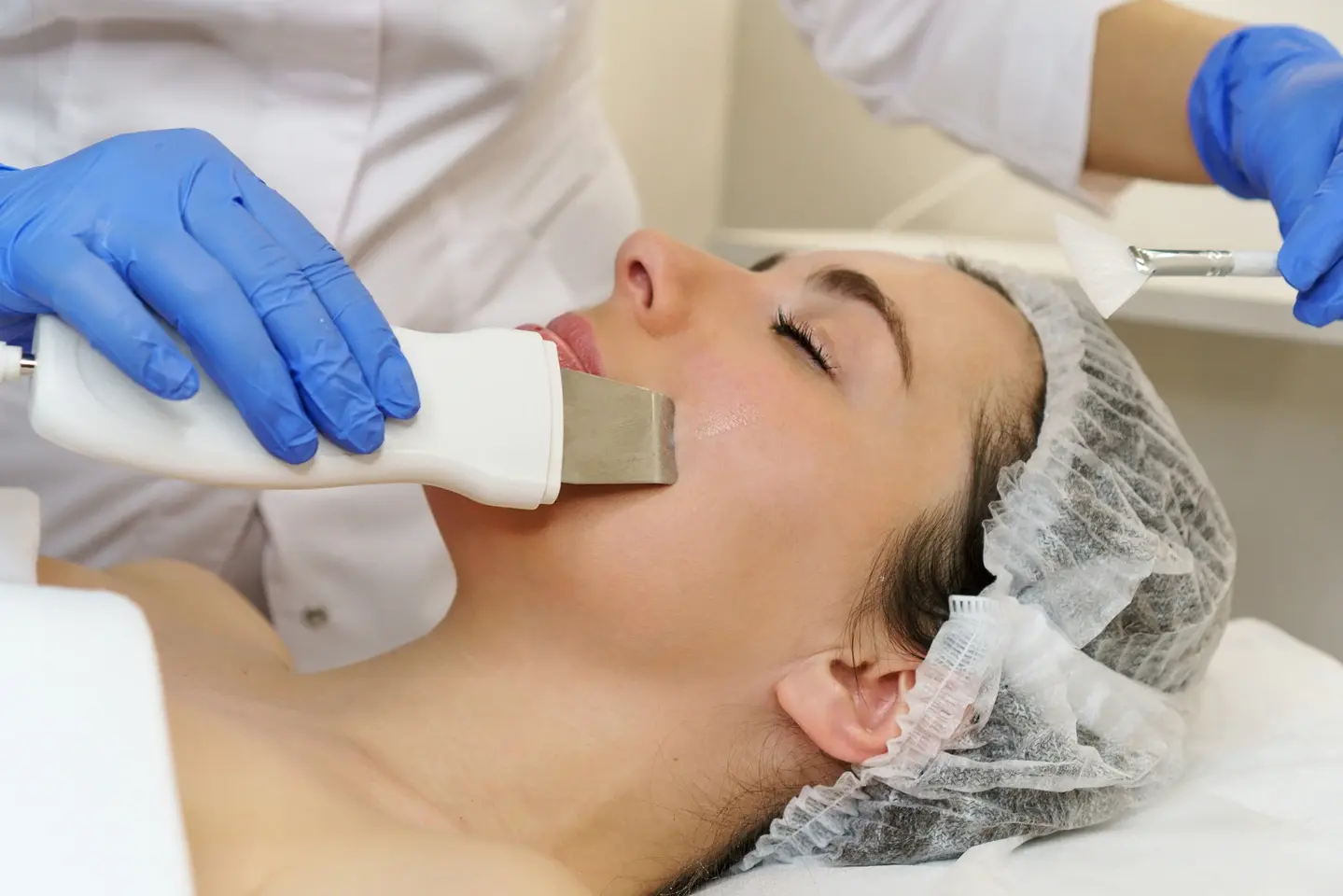The Ultimate Dermaplaning Prep: What Products & Techniques Actually Work?
Prepping your skin for dermaplaning involves a thorough yet gentle cleanse, finding the right moisture balance, and using soothing products for sensitive skin to ensure a smooth, irritation-free treatment with optimal results.
Dermaplaning is a popular skin treatment that uses a surgical scalpel to gently shave off the top layer of dead skin cells and peach fuzz hair.
When done properly, it can leave skin feeling ultra-smooth, promote brighter and more even skin tone, and allow skincare products to penetrate more deeply.
However, dermaplaning can lead to irritation, ingrown hairs, and other issues without proper preparation. That’s why pre-dermaplaning skin prep is so important. Learn every step of the process to ensure your treatment is as safe and effective as possible.
Why Is Skin Preparation Vital for Dermaplaning?

Dermaplaning is an exfoliation treatment that requires gliding a sharp blade across the skin’s surface.
Any debris, oil, or product residue on the skin can cause the blade to tug, pull, and irritate the skin. Proper cleansing and exfoliation ensure the blade can glide smoothly across a “clean canvas” for the best results.
Skin preparation is also important because dermaplaning amplifies the effects of any products applied afterward. With the protective top layer removed, active ingredients can penetrate on a cellular level. Proper cleansing and gentle exfoliation allow these products to work more effectively.
Finally, preparation removes barriers that could hinder results. Oils and product buildup can prevent thorough exfoliation. And dead skin cells won’t reveal the fresh, smooth skin underneath if they aren’t properly sloughed away ahead of time.
Bottom line? Don’t skip the prep work. When done correctly, it enhances the treatment, minimizes risks, and sets the stage for optimal results.
Tailoring Cleansing to Your Skin Type
Because dermaplaning involves direct contact with a blade, cleansing beforehand is a must to prevent irritation and infection. However, not all skin types should be cleansed the same way.
Dry and Sensitive Skin
Avoid foaming or gel cleansers, which can be stripping. Opt for a gentle, hydrating milk or cream formula. Cleanse once to dissolve makeup and impurities. Avoid scrubbing, hot water, or cleansing more than needed, which could dry out the skin.
Finish with a hydrating toner or essence to prep skin for exfoliation. Look for soothing ingredients like aloe, chamomile, oatmeal, or green tea.
Oily and Combination Skin
Use a gentle foaming or gel cleanser to dissolve oil and prevent clogged pores after treatment. Cleanse twice to ensure all debris is removed from congestion-prone areas like the T-zone.
Avoid formulas with alcohol, which can be irritating and lead to excess oil production. A hydrating toner can help balance and prep the skin.
All Skin Types
- Double cleanse to remove makeup, SPF, and impurities. First use a cleansing oil or balm, then follow with your regular cleanser.
- Opt for a non-abrasive cleanser without beads, nuts, or acids that could cause micro-tears.
- Use lukewarm water and avoid scrubbing. Gently massage cleanser into skin for 60 seconds before rinsing.
- Pat skin dry with a soft cloth. Avoid rubbing, which can irritate the skin.
Now your skin is prepped for the next step: exfoliation.
To Exfoliate or Not to Exfoliate?
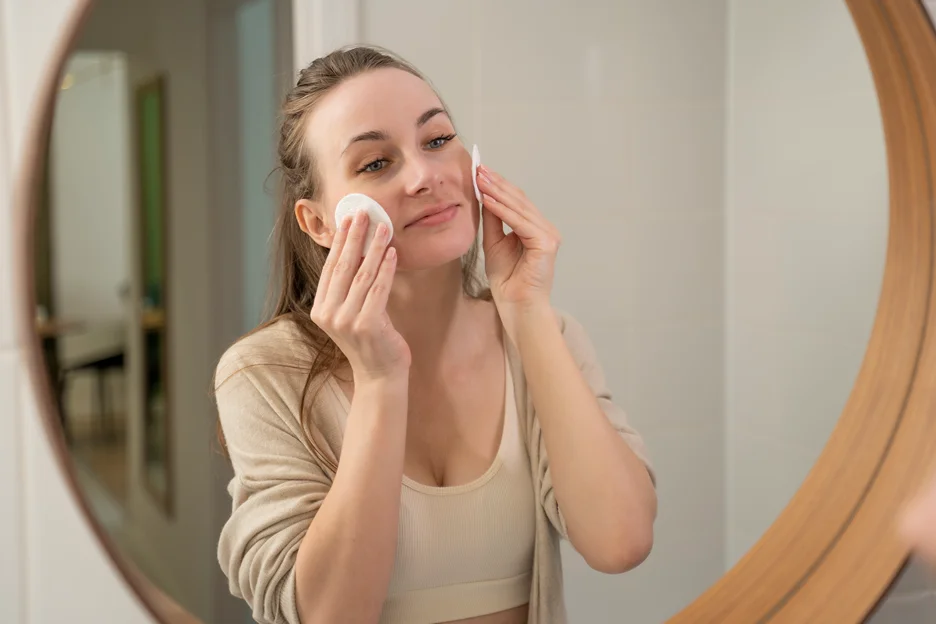
Exfoliating before dermaplaning is somewhat controversial. On one hand, removing dead skin cells can prep the skin for smoother results. However, harsh exfoliation or exfoliating too close to your dermaplaning session can lead to irritation and sensitivity.To ensure your skin is in its best condition for dermaplaning, it’s recommended to stop using any exfoliating products or treatments at least five days before your appointment. This gives your skin time to recover and minimizes the risk of irritation.
If you do choose to exfoliate before dermaplaning, here are some guidelines:
Consider exfoliating if:
- You have no sensitivities or allergies
- Your skin can tolerate acids
- You have clogged pores or congestion
- Your skin is on the oily side
Avoid exfoliating if:
- You have sensitive or easily irritated skin
- Your skin is on the dry side
- You have eczema, rosacea, or acne
- You’ve never used acid exfoliants before
If exfoliating, only use a gentle acid like:
- Lactic acid 5% or less
- Mandelic acid 5% or less
- Polyhydroxy acids (PHAs)
- Enzymes like papaya, pineapple, or bromelain
Use a soft washcloth with gentle circular motions. Never use scrubs with beads or abrasive brushes prior to dermaplaning.
Be very cautious with physical exfoliation to avoid irritation. If in doubt, skip this step altogether.
Finding the Right Moisture Balance
Dermaplaning requires the skin to be in a “goldilocks” state: not too dry, not too oily. Skin that’s parched and dehydrated can lead to an uneven shave and irritation as the blade drags across dry patches. On the other hand, overly slick or damp skin can prevent the blade from gliding smoothly.
Here are some tips for finding the ideal moisture balance before dermaplaning:
- Hydrate dry skin: Apply a hydrating toner, essence, or serum before dermaplaning. Hyaluronic acid and glycerin are great lightweight, oil-free options.
- De-grease oily skin: Use oil blotting papers on the T-zone and other oily areas to soak up excess oil without over-drying the skin.
- Avoid thick creams or oils: Thick emollients create a barrier that hinders dermaplaning precision. Opt for water-based serums instead.
- Don’t dermaplane on damp skin: Ensure skin is completely dry after cleansing and applying products. Leftover water can interfere with the blade.
- Wait 20 minutes after applying products: Allow products to fully absorb before dermaplaning. Immediately gliding over top serums or essences can create an uneven shave.
Prepping skin for the ideal moisture level takes some trial and error. But taking the time to find the sweet spot will pay off with smoother results.
Special Considerations for Sensitive Skin
Dermaplaning provides exfoliation without the use of potentially irritating chemicals. However, any exfoliation can be too harsh for some sensitive skin types. Here are some tips to prep reactive skin for a safe, comfortable treatment:
- Always patch test new products, especially chemical exfoliants, 24-48 hours before applying them to the entire face. Check for signs of redness, itching, or irritation.
- Avoid fragrance and opt for products labeled non-comedogenic, allergy-tested, or formulated for sensitive skin.
- Use the gentlest effective cleanser. Skip any unnecessary steps like toners or chemical exfoliants. Sometimes water and a soft washcloth are enough.
- Calm and soothe with pre-treatment products featuring colloidal oatmeal, aloe vera, hyaluronic acid, ceramides, or centella asiatica.
- Talk to your provider about numbing creams or anti-inflammatory medications if you have extremely reactive skin.
While dermaplaning is gentler than harsh chemical peels, it’s still a precision treatment requiring a sharp blade. Taking every precaution to calm and pamper sensitive skin can help prevent adverse reactions.
Should You Use Facial Oils Before Dermaplaning?
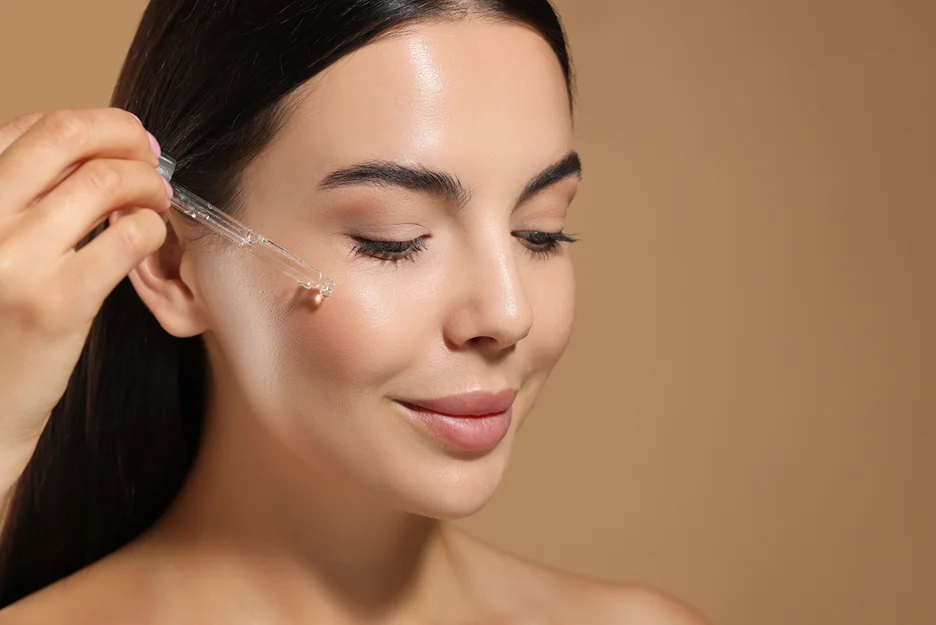
Natural oils create a smooth runway for the dermaplaning blade to glide over. But they also have some drawbacks:
Potential Benefits of Facial Oils
- Provides lubrication for a closer shave
- Leaves a smooth base layer for the blade
- Hydrates dry skin types
Potential Drawbacks of Facial Oils
- Can dull dermaplaning blades faster
- Creates a barrier preventing thorough exfoliation
- Leaves behind a residue that can clog pores
- Makes it harder to grip and maneuver the skin
When using oils, stick to lightweight, non-comedogenic options like grapeseed, jojoba, or squalane. Apply sparingly to dry areas only and avoid rubbing directly over congested pores.
If you have oily skin or are prone to breakouts, it’s best to avoid oils altogether. For most skin types, serums with hyaluronic acid provide hydration without the pore-clogging effects of oils.
3 Big Mistakes to Avoid Before Your Treatment
While thorough preparation is important, you can also overdo it. Avoid these common pre-dermaplaning pitfalls:
1. Using Harsh Scrubs or Brushes
Aggressive physical exfoliation causes micro-tears that dermaplaning will only amplify. Stick to chemical exfoliants at 5% strength or less instead.
2. Over-Exfoliating with Acids
Too much exfoliation will lead to irritation and sensitivity. Do not use acids if you have reactive skin or have never used them before.
3. Rushing the Process
Proper cleansing and exfoliation take time. Rushing through the steps can leave behind debris for the blade to catch on to. Have patience and be gentle.
Thorough yet gentle cleansing is vital. Exfoliation is optional and should be approached cautiously. Finding the ideal moisture balance keeps skin smooth without hindering the blade. Preparation is about allowing those blades to glide flawlessly across your skin for best results.
Caring for Skin Post-Dermaplaning
Once your dermaplaning treatment is complete, keep skin calm, hydrated, and protected:
- Apply a hydrating serum or face oil for soothing moisture without clogging pores. Look for calming ingredients like aloe, centella asiatica, or green tea.
- Follow with a gentle, non-comedogenic moisturizer to nourish newly exfoliated skin. Hyaluronic acid and ceramides help strengthen the moisture barrier.
- Always apply SPF 30 or higher every day after dermaplaning. Newly exposed skin is vulnerable to UV damage. Reapply every 2 hours of sun exposure.
- Avoid makeup, hot showers, and acne products with benzoyl peroxide or acids for 24 hours post-treatment. These can irritate freshly dermaplaned skin.
- Exfoliate gently once or twice a week to prevent dead skin buildup between treatments. Use soft chemical exfoliants only—no scrubs.
- Stay hydrated and avoid alcohol, which dehydrates skin. Drink at least 64 ounces of water daily.
- Schedule any laser treatments or chemical peels at least 2 weeks after dermaplaning to allow the skin to fully heal.
Proper aftercare ensures those smooth, glowing results last until your next dermaplaning session. Nourish and protect your skin while avoiding irritation to keep your complexion soft and vibrant.
Final Thoughts: Better Be Safe Than Sorry!
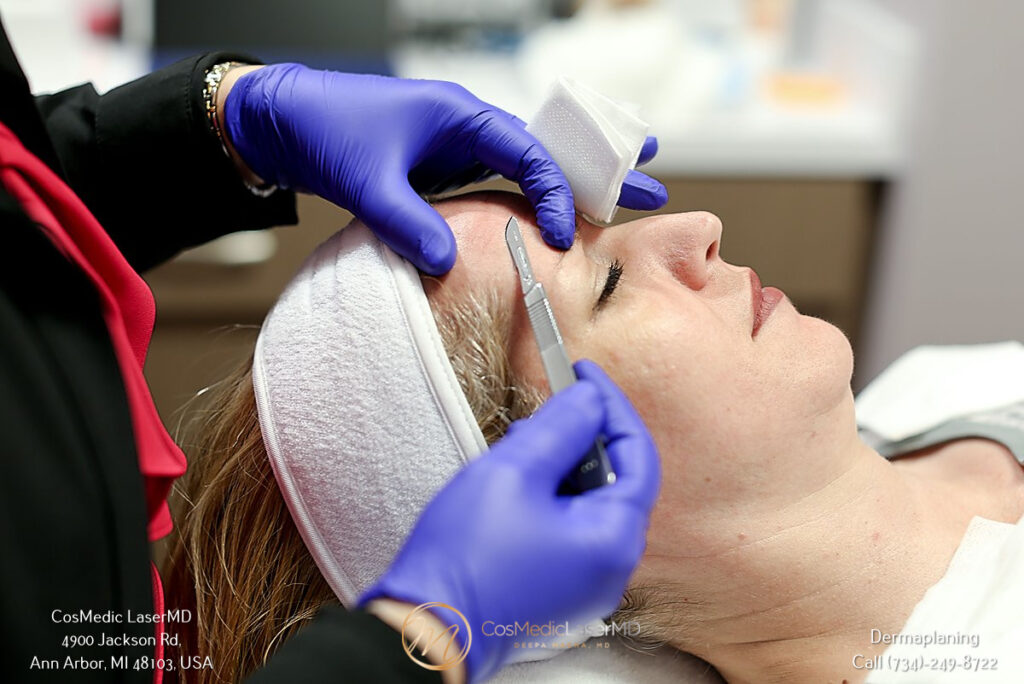
Dermaplaning can be transformative—but only with the proper preparation:
- Double cleanse to remove all impurities without irritating the skin.
- Exfoliate gently (or not at all) based on your skin type’s needs.
- Balance moisture levels for a smooth glide without dampness or dryness.
- Soothe and pamper reactive skin with the gentlest products.
- Avoid oils and heavy products that hinder the blade.
- Prevent irritation by skipping harsh scrubs and over-exfoliation.
- Take your time and be gentle—never rush the process.
With the right prep, dermaplaning can reveal remarkably soft, smooth and glowing skin. Follow these tips and those expert blades will glide flawlessly with fabulous results. You’ve got this!




